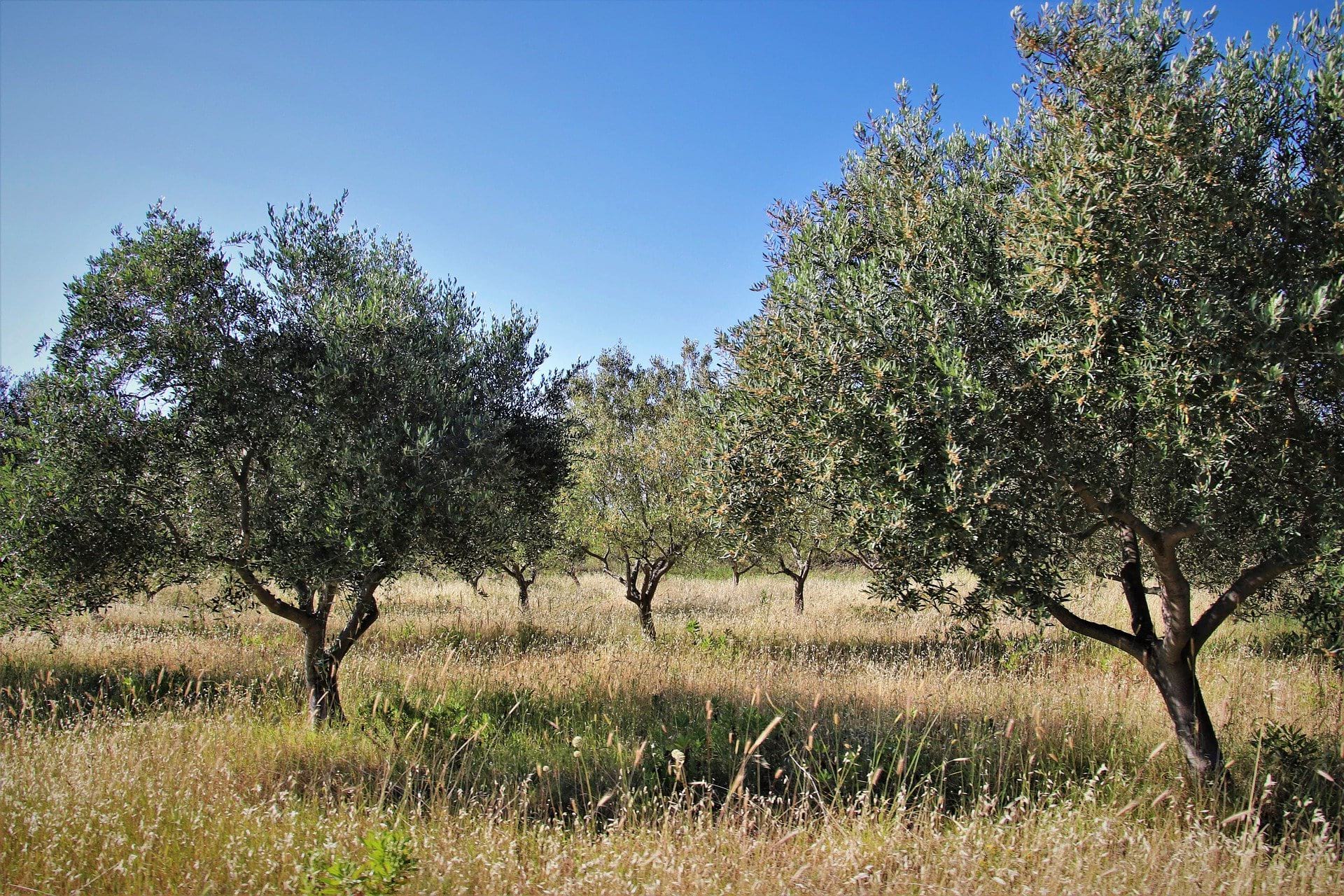Not All Black Olives are Black
We’ve all plucked an olive off a tree, popped it into our mouths and quickly popped it back out again – haven’t we? (Well, I have!).
Oleuropein – Olive Defence System
Green olives are harvested before they’re ripe, black ones ripen on the tree. In their natural state, both contain oleuropein, a bitter compound found in the skin, flesh, seeds and leaves.
It is so bitter that it acts as a sort of olive-defence system and prevents birds and insects from pecking them off the trees.
In order for you to enjoy your olives, the oleuropein must be completely removed or they are inedible.
Clever Romans
It is believed that the Romans discovered the technique that made olives what they are today. Before that, the bitterness was soaked out of them over many months of repeated water changes, followed by fermentation in brine.
The clever Romans discovered the method of supplementing the brine with lye (sodium hydroxide) to produce an edible olive in hours instead of months.
Not All Black Olives Are Black!
Green olives are often processed in this way so they darken to look black. Those perfect black olives that you buy in tins are very pretty and shiny because they are cured in an alkaline solution, and treated with oxygen and an iron compound (ferrous gluconate), which turns their skins black. This affects their flavour of course too.
If you’re looking for healthy and tasty black olives, don’t go for the shiny black ones, (marked ‘confites’ here it France) as they’re the least natural of the lot!


Our olives have a sticker on the lid that say “No Artificial Colors” which had me searching Google for dyed black olives. I haven’t found any proof of brands doing this yet. I know this article is old but do you (or any other odd internet stranger) happen to know about dyed olives? Let alone artificially dyed ones?
There are definitely places that will do that for you Renia – we have some friends who did it – but put they put their olives together with somebody else’s because the minimum quantity was quite large.
Is there anywhere that a reasonable amount, say 50kg+ of olives can be taken to be pressed? It seems a shame to waste all of our olives every year.
David Ingram, lye=sodium hydroxide = caustic soda = drain cleaner (not all)
Nasty stuff, take care 😳
Where can you buy lye. I have tried brine and soaking without success.